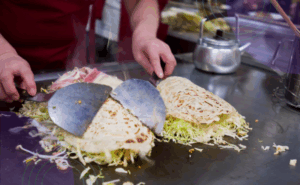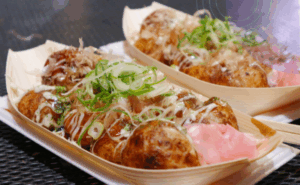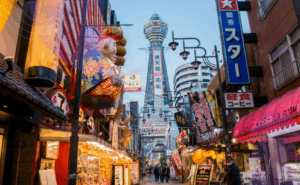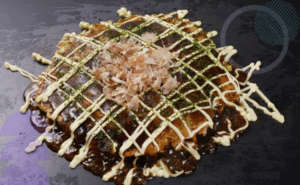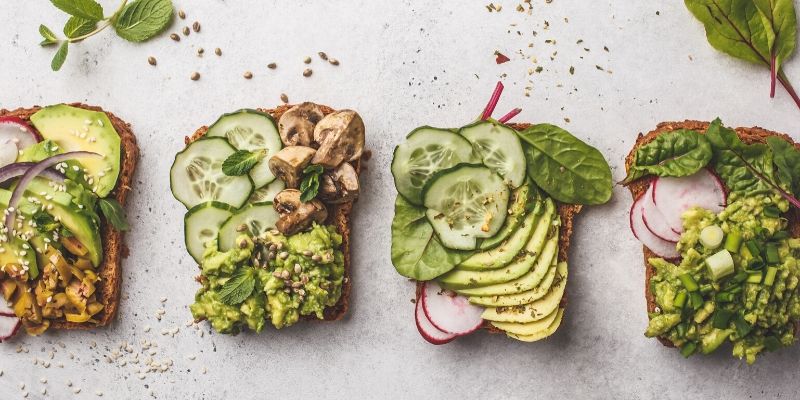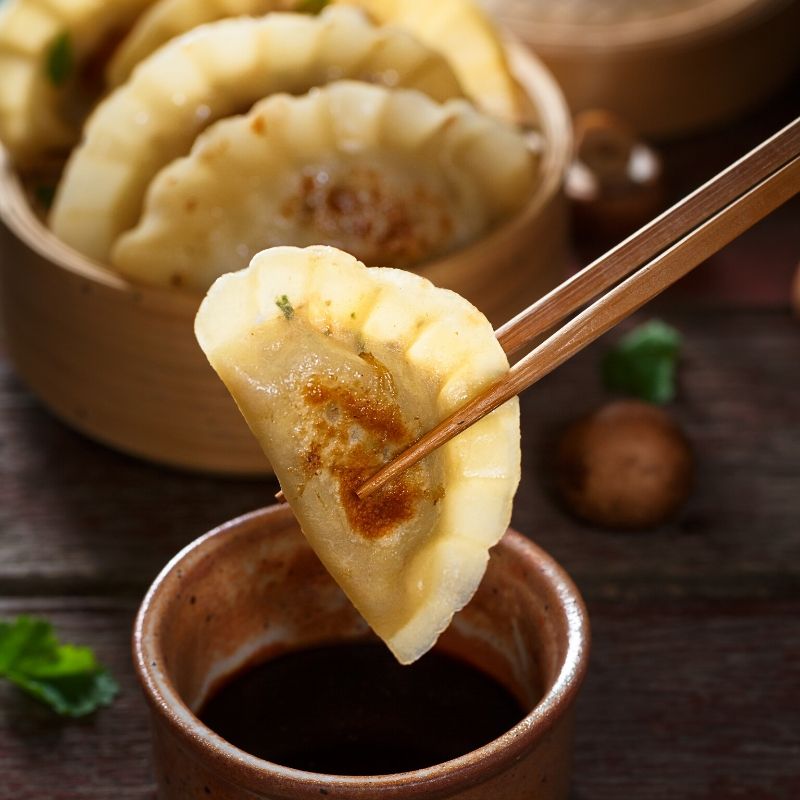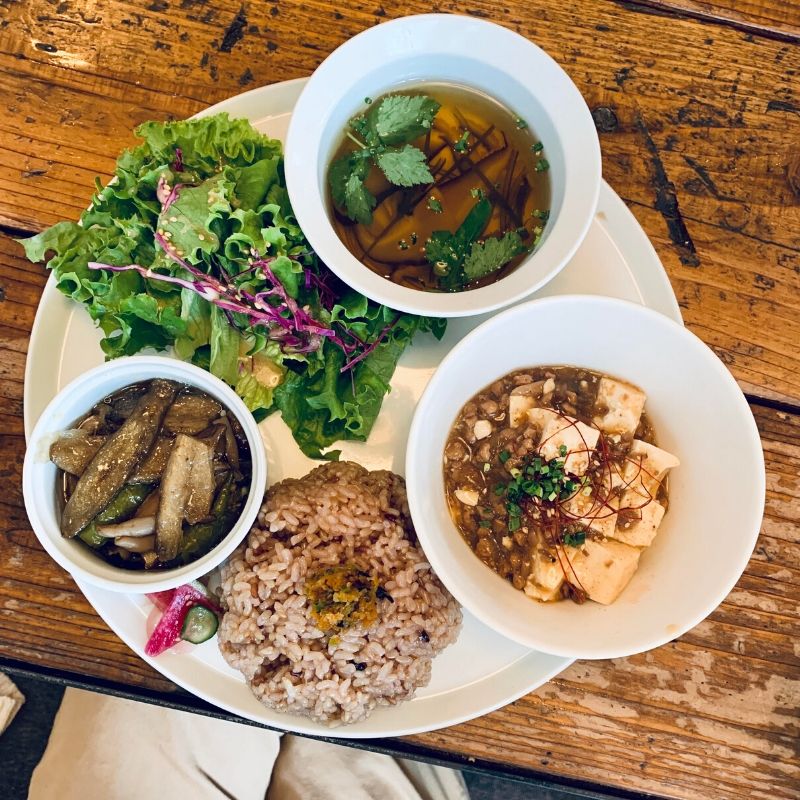Tokyo’s market scene is pretty different from what you might expect. There’s not a ton of street food here like in some other Asian cities, but what exists is usually really good.
After years of exploring markets and hunting down street food, I’ve figured out which ones are actually worth your time and money.
Tsukiji Outer Market – Still Going Strong
Tsukiji’s outer market is still running even though the main fish market moved to Toyosu. When we were still running food tours through Foodie Adventure Japan, our Tsukiji tour was actually one of our best-selling ones. I think it’s better for visitors now because it’s less crowded with wholesale buyers rushing around.
I go here when I want really fresh sushi for breakfast. There are several small sushi counters where you can get incredibly fresh fish for reasonable prices. The tuna here is some of the best I’ve had anywhere.
The tamagoyaki (egg omelet) stalls are also worth checking out. They make it fresh throughout the day, and you can watch them cook it in these big rectangular pans. It’s sweet and fluffy, completely different from regular scrambled eggs.
One thing to know – a lot of places here close by early afternoon, so go in the morning if you want the full experience.
Toyosu Market – The New Fish Market
This is where the main fish market moved, and it’s definitely more tourist-friendly than old Tsukiji ever was. There are observation decks where you can watch the tuna auctions, and the restaurants here are really good.
I like coming here for lunch after watching the market action. The sushi restaurants get their fish directly from the market floors, so it’s as fresh as it gets. The prices are fair too, considering the quality.
The market itself is huge and modern, which some people find disappointing compared to the old Tsukiji atmosphere. But the food is definitely worth the trip.
Ameyoko Market – Chaos in the Best Way
This market under the train tracks near Ueno is complete chaos, especially on weekends. It’s a mix of food stalls, discount shops, and random vendors selling everything from dried squid to vintage t-shirts.
The street food here is the most diverse I’ve found in Tokyo. You can get takoyaki (octopus balls), yakitori, Korean-style corn dogs, and all sorts of other snacks. Nothing fancy, but it’s cheap and tasty.
I always end up spending way more time here than I planned because there’s so much random stuff to look at. The vendors are used to tourists and most are pretty friendly.
Nakamise-dori – Tourist Street Food Done Right
This is the street leading up to Sensoji Temple in Asakusa, and yes, it’s touristy. But the street food here is actually good, and it’s one of the few places in Tokyo where you can walk around eating.
The ningyo-yaki (doll-shaped pastries) are made fresh all day. The taiyaki (fish-shaped pastries with sweet filling) are crispy outside and warm inside. There are also places selling traditional candies and sweets you won’t find anywhere else.
I used to avoid this street because it seemed too touristy, but I realized the food is genuinely good and the prices are reasonable. Plus, it’s fun to eat while walking around the temple area.
Department Store Food Courts – Hidden Gems
This might sound weird, but some of the best street food-style eating in Tokyo happens in department store basements. Places like Shibuya Sky and Tokyo Station have incredible food courts with high-quality vendors.
You can get everything from ramen to sushi to sweets, all in one place. The quality is usually better than actual street food because these vendors have to meet department store standards.
I go to these when I want to try several different things in one trip, or when the weather is bad and I don’t want to walk around outside.
Convenience Store Food – Surprisingly Good
Okay, this isn’t a market, but convenience store food in Tokyo is honestly better than restaurant food in a lot of places. The onigiri (rice balls) are made fresh several times a day, and there are dozens of varieties.
I eat convenience store food probably three times a week. The fried chicken is crispy and hot, the pasta dishes are actually decent, and the desserts are way better than they have any right to be.
Don’t feel bad about eating convenience store food here – it’s not junk food like in other countries. It’s just cheap, convenient, and pretty tasty.
What to Expect
Tokyo street food is different from other cities. It’s usually cleaner, more organized, and often more expensive. But the quality is consistently good.
Most places don’t have English menus, but they usually have plastic food displays or pictures. Don’t be afraid to point at what looks good.
Cash is still king at most markets and street stalls. Some places take IC cards now, but bring cash to be safe.
When to Go
Early morning is best for fish markets and getting the freshest stuff. Afternoon and evening are better for street food stalls and department store food courts.
Weekends are more crowded but more fun. You’ll see more locals out eating and shopping, which adds to the atmosphere.
Final Thoughts
Tokyo’s market and street food scene isn’t as obvious as in some other cities, but it’s definitely there if you know where to look. The quality is usually really high, even for simple things like rice balls or grilled meat.
Don’t expect Bangkok-style street food chaos – Tokyo does everything more orderly and clean. But that doesn’t mean it’s less delicious or authentic.
The best approach is to wander around and try things that look good. Most of the time, you’ll be pleasantly surprised by how good even the simplest street food can be here.

